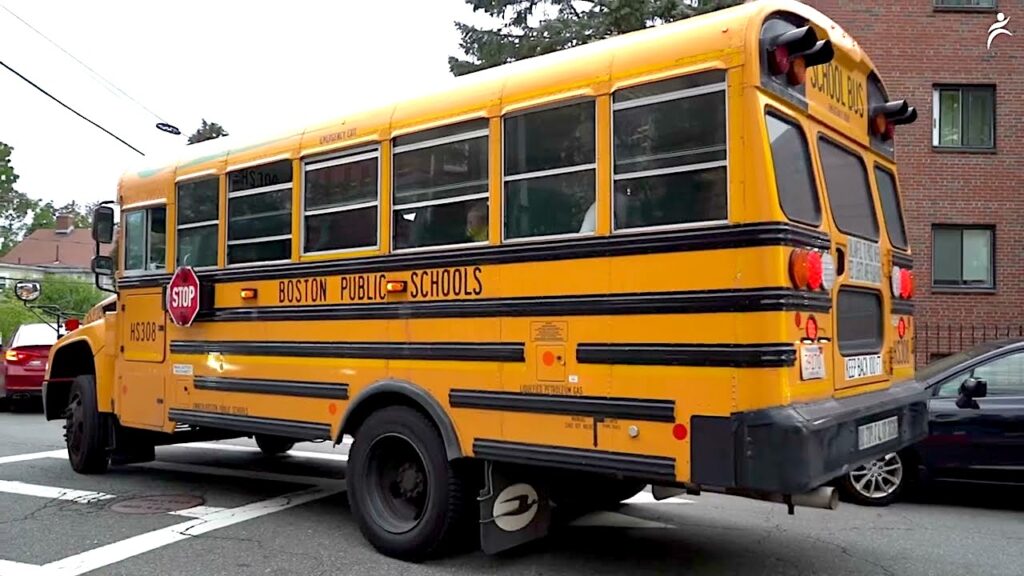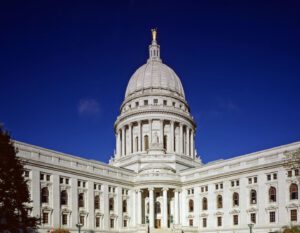Boston may close half its public schools due to low enrollment, consolidation
Public school enrollment in Boston has plummeted over the past two decades, forcing its leadership to consolidate and close as many as 59 schools.
Boston Public Schools (BPS) recently released a…

Public school enrollment in Boston has plummeted over the past two decades, forcing its leadership to consolidate and close as many as 59 schools.
Boston Public Schools (BPS) recently released a strategic plan explaining why school closures are needed.
Since 2006-07, BPS has lost over 7,000 students, a 13.5% decrease. Additionally, many schools are below their capacity.
The plan explains the average school capacity is 449 students, while the average school population is just 406. Multiplied by 118 schools, that’s over 5,000 empty seats in BPS classrooms.
As a result, the district is hoping to consolidate its current 87 PreK-6 schools down to as few as 40 buildings. Middle and high schools will be reduced from 31 to as few as 19.
During the consolidating process, BPS may also build brand-new schools, since nearly two-thirds of its current buildings are over 80-years-old.
“Our goal is to ensure that every BPS student learns and grows in schools buildings designed to support rigorous and culturally affirming learning experiences; health, wellness, and enrichment opportunities; and the well-being of teachers, staff, families, and other caring adults that make up our schools communities,” said Superintendent Mary Skipper, Boston Mayor Michelle Wu and school board chair Jeri Robinson in a joint statement.
Even the local teachers’ union recognized the need for change.
“We do agree that changes have to happen in order to execute the vision we share of high-quality schools for every student, regardless of ZIP code,” said Jessica Tang, president of Boston Teachers’ Union.
While consolidating schools will help BPS better manage its resources, it still faces a huge uphill battle.
According to state testing data, only 25% of BPS elementary students are proficient in reading and just 29% are grade level in math.
Results aren’t much better for high school sophomores, who score 40% and 47% respectively.
All those averages are 9-14% below state-wide averages.
Critics of BPS have also called for more flexible transportation options, better monitoring of special needs students and more realistic budgets.



